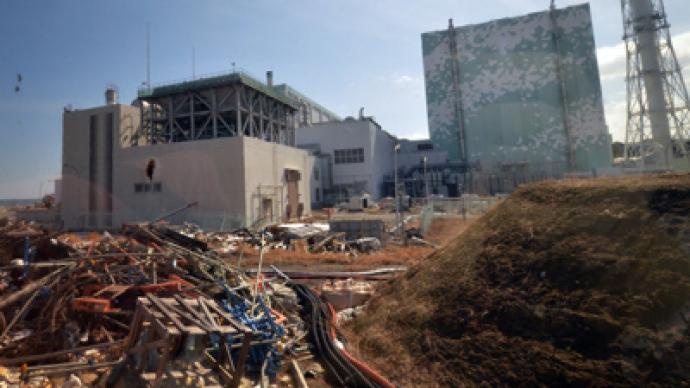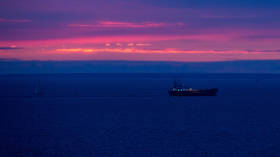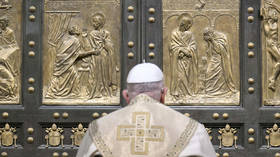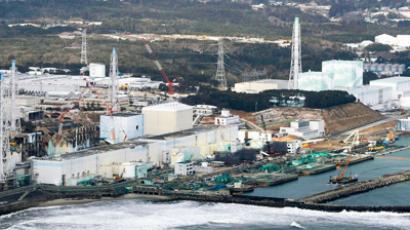Los Angeles prepares to fight Fukushima debris

Nearly two years after the Fukushima nuclear plant suffered a massive meltdown in Japan, some Americans could be just now seeing first-hand evidence of the disaster — and right in their backyards.
It’s certainly been a while since an earthquake and tsunami took down the Fukushima power plant, but the results of that ravaging natural disaster might only now be ending up in the United States. People in Los Angeles, California are already on the lookout for debris that has been washing across the Pacific Ocean since March 11, 2011.Northern California could soon see "scattered and intermittent" episodes of flotsam from Fukushima washing ashore, says Peter Murphy, a marine debris expert at the National Oceanic and Atmospheric Administration, or NOAA. According to the Associated Press, the NOAA has only traced 17 pieces of debris strewn across the ocean to the Japanese coast, although more than 1,400 sightings have been reported to the agency. With a series of severe storms surrounding the United States moving matter around lately, though, Murphy says it isn’t unlikely that items from Fukushima will start to be found near LA."There's a bit of tsunami debris fever. It's like an Easter egg hunt," Charlie Plybon adds to the AP’s report. Plybon works as the regional manager of the Oregon branch of the Surfrider Foundation and has spent over a decade cleaning up the Pacific Coast there. Only lately, however, has he actually seen people actively looking out for Fukushima flotsam. "People used to walk past debris. Now they want to be engaged,” Plybon says.Earlier this week, eight US sailors who were aboard the USS Ronald Regan during rescue missions after the disaster sued the state-owned Tokyo Electric Power Co (TEPCO) because they say they were led to believe radiation off the coast of Japan was not as bad as it really was. While those crewmembers are asking for tens of millions in compensation, though, any evidence of the meltdown that makes its way to America is likely to be relatively speaking not all that radioactive. Although the Japanese are believed to have lied about how dangerous the meltdown really was, the thousands of miles material would have to travel between Fukushima and LA would likely decontaminate almost all of the debris. While around 80 percent of the radiation released by the meltdown was pushed off of Japan by wind and sea, there it was quickly diluted by Mother Nature. “It is unlikely any epidemiological investigations will detect an increase [in cancers] in Japan or elsewhere that can be directly attributed to Fukushima,” the Los Angeles Times reported earlier this year.Even still, that doesn’t rule out the odds of Californians coming into contact with some Japanese artifacts: debris has already been discovered along the West Coast of Canada and parts of Alaska. The fact that it’s expected anytime now in Los Angeles raises some other concerns, though. In July, an NOAA study suggested that the West Coast wouldn’t receive any contaminated debris until five years after the fact.“The levels of radiation that hit the US coast will be small relative to the levels released by Fukushima,” co-author Claus Böning, wrote in the report, “but we cannot estimate accurately what those levels will be because we do not know for certain what was released by Fukushima.”A separate study conducted by the Sixth Report of Fukushima Prefecture Health Management Survey this year found that after examining roughly 38,000 children from the area, more than 13,000 have cysts or nodules as large as 5 millimeters on their thyroids. With the release of those findings, the organization said it could be years before the extent of the damage is properly known.













